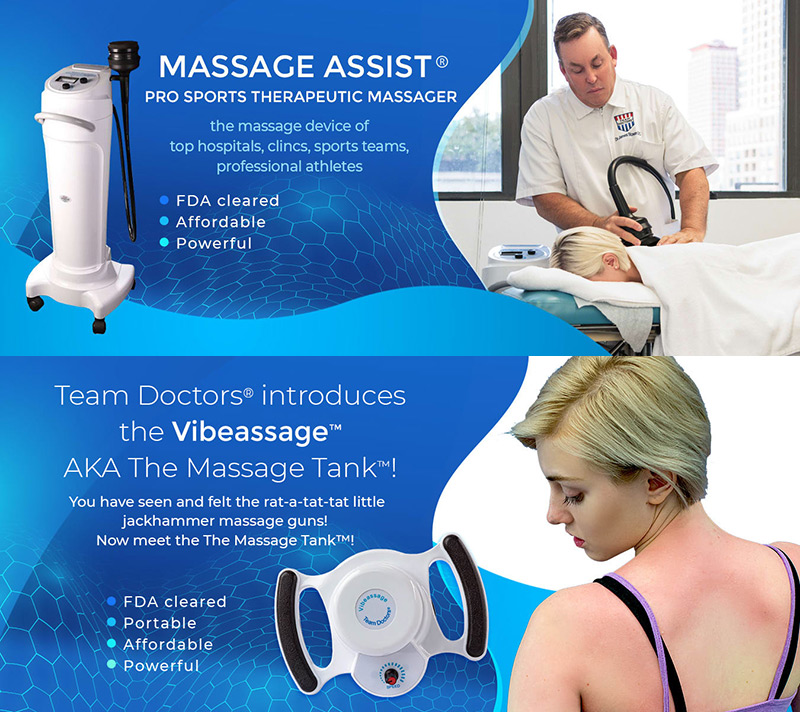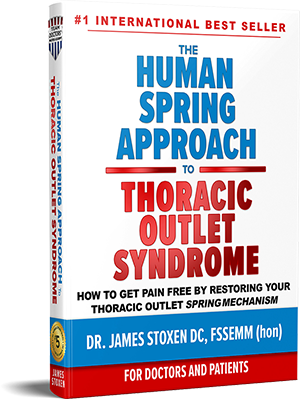The subtalar joint (STJ) is also known as the talocalcaneal joint. In explaining subtalar joint anatomy, it is located at in the rearfoot. The subtalar ankle joint is comprised of the calcaneus (heel bone) and the talus, the bone that sits above it. Also known as the talocalcaneal joint, the subtalar joint is actually three separate articulations between the two bones.
The subtalar joint makes up the foundation of our body so if there is a problem with joint movement,, ankle joint pain, ankle arthritis, (over pronation or over supination), then it can disrupt movement up the body including the ankle, hip, knee, spine and even the spine/skull. Subtalar joint pronation leads to problems not just of the foot and ankle, but of the entire lower extremity, and possibly both lower extremities.
Overpronation of the subtalar joint is when, during a walking workout or running training the ankle joint itself goes in a down and outward direction, the heel goes inward and other joints rotate unnaturally. Overpronation can be a contributing factor in other lower extremity disorders, such as foot pain, plantar fasciitis, ankle injuries, medial tibial stress syndrome (shin splints), periostitis, stress fractures and myofascial trigger points. Overpronation increases the degree of internal tibial rotation, thereby contributing to various knee disorders such as meniscal injury or ligament sprains. The effects of the postural deviation are exaggerated in athletes due to the increase in foot strikes while running and the greater impact load experienced. When running, three to four times the body weight is experienced with each foot strike. If overpronation exists, the shock force is not adequately absorbed by the foot and is transmitted further up the kinetic chain.
I have found that by releasing and strengthening the muscles that support the foot and ankle in the safe range between supination and pronation maintain the subtalar joint in a more efficient way of moving. which can also result in avoiding foot and ankle pain as well as chronic inflammation and even heel spurs.
The subtalar joint, also known as the talocalcaneal joint, is a joint of the foot. It occurs at the meeting point of the talus and the calcaneus.
The main function of the subtalar joint is to provide spring during landings and push offs and to move the ankle side to side.
What the Human Spring Theory says is that the body absorbs impacts by way of its engineering.
One of the most important ways the body absorbs impacts and translates the mass across the limbs during walking, running and other movements is through the “moving” joints. The joints of the human body has spring-like qualities when they are working correctly.
Think of the body as a spring with seven floors’ of springs interconnected though the body, running from the toes to the head.
Ankle joint #1 is the second floor of what I call the human spring. It is one of the most commonly effected joints of the human spring.
The seven floors of the Human Spring:
- Floor One: The arch of the foot or the master spring
- Floor Two: Ankle joint #1 – (subtalar joint)
- Floor Three: Ankle joint #2 – (ankle mortise)
- Floor Four: The knee
- Floor Five: The Hip
- Floor Six: The Spine
- Floor Seven: The Spine-Skull
The subtalar joint is made up of the joints that connect four bones: the tibia, fibula, talus and calcaneus. It is where the talus and calcaneus, (heel bone) meet.
The exact way this joint moves is too complex to go over in detail the way scientists describe it. I will share with you what happens when the muscles that support it go weak as this can be the cause of many conditions in the human body toe to head.
That is because the joint makes up the foundation of our body so if there is a problem with movement here then it can disrupt movement in all the floors up the body.
This is a rational conclusion and to think anything different really defies the laws of physics and gravity.
The muscles that support the foot and ankle in the safe range between supination and pronation maintain the subtalar joint in a more correct motion.
If these muscles are weak or there is a locking of other bones in the foot and ankle that could force the joints to move excessively or in a motion that is outside the safe range of supination to pronation.
Release every spasm in the entire Human Spring and every joint in the Human Spring.
Put your thumb pad into the area described in the video. Push your thumb into the area and try to feel the joint line. if you can feel the ridges of the joint lines get your thumb pad on either side of the joint and press down. If there is no pain then move to another spot exactly one thumb print away. Press down on that point and feel for pain. If there is pain then hold the point until the pain subsides completely.
click here to go to the next video tutorial #81
Like this article? We will send the next one to you.
Register for our updates below:
Disclaimer
All content on teamdoctorsblog.com, including without limitation text, graphics, images, advertisements, videos, and links (“Content”) are for informational purposes only. The Content is not intended to be a substitute for professional medical treatment, advice, or diagnosis. Please remember to always seek the advice of a qualified physician or health professional with any questions you may have regarding any medical concerns. Dr James Stoxen DC and Team Doctors does not recommend or endorse any specific treatments, physicians, products, opinions, research, tests, or other information it mentions. Said Content is also not intended to be a substitute for professional legal or financial advice. Reliance on any information provided by Team Doctors is solely at your own risk.
Contraindications:
There are times when you should refrain from massage or deep tissue massage because it may adversely affect a health condition.
Contraindication is the medical term for these conditions. “Contra” means against, as in contrary, and indications are things that tell you what to do one way or the other. Therefore, contraindications are things that are telling you not to do something.
- Fever: When you have a fever, your body is trying to isolate and expel an invader of some kind. Massage increases overall circulation and could therefore work against your body’s natural defenses.
- Inflammation: Massage can further irritate an area of inflammation, so you should not administer it. Inflamed conditions include anything that ends in itis, such as phlebitis (inflammation of a vein), dermatitis (inflammation of the skin), arthritis(inflammation of the joints), and so on. In the case of localized problems, you can still massage around them, however, avoiding the inflammation itself.
- High blood pressure: High blood pressure means excessive pressure against blood vessel walls. Massage affects the blood vessels, and so people with high blood pressure or a heart condition should receive light, sedating massages, if at all.
- Infectious diseases: Massage is not a good idea for someone coming down with the flu or diphtheria, for example, and to make matters worse, you expose yourself to the virus as well.
- Hernia: Hernias are protrusions of part of an organ (such as the intestines) through a muscular wall. It’s not a good idea to try to push these organs back inside. Surgery works better.
- Osteoporosis: Elderly people with a severe stoop to the shoulders often have this condition, in which bones become porous, brittle, and fragile. Massage may be too intense for this condition.
- Varicose veins: Massage directly over varicose veins can worsen the problem. However, if you apply a very light massage next to the problem, always in a direction toward the heart, it can be very beneficial.
- Broken bones: Stay away from an area of mending bones. A little light massage to the surrounding areas, though, can improve circulation and be quite helpful.
- Skin problems: You should avoid anything that looks like it shouldn’t be there, such as rashes, wounds, bruises, burns, boils, and blisters, for example. Usually these problems are local, so you can still massage in other areas.
- Cancer: Cancer can spread through the lymphatic system, and because massage increases lymphatic circulation, it may potentially spread the disease as well. Simple, caring touch is fine, but massage strokes that stimulate circulation are not.Always check with a doctor first.
- Other conditions and diseases: Diabetes, asthma, and other serious conditions each has its own precautions, seek a doctor’s opinion before administering massage.
- Pregnancy: No deep tissue work. Be aware: danger of triggering a miscarriage by strong myofascial work is greatest during the first 3 months (especially through work around the pelvis, abdomen, adductors, medial legs, or feet)








